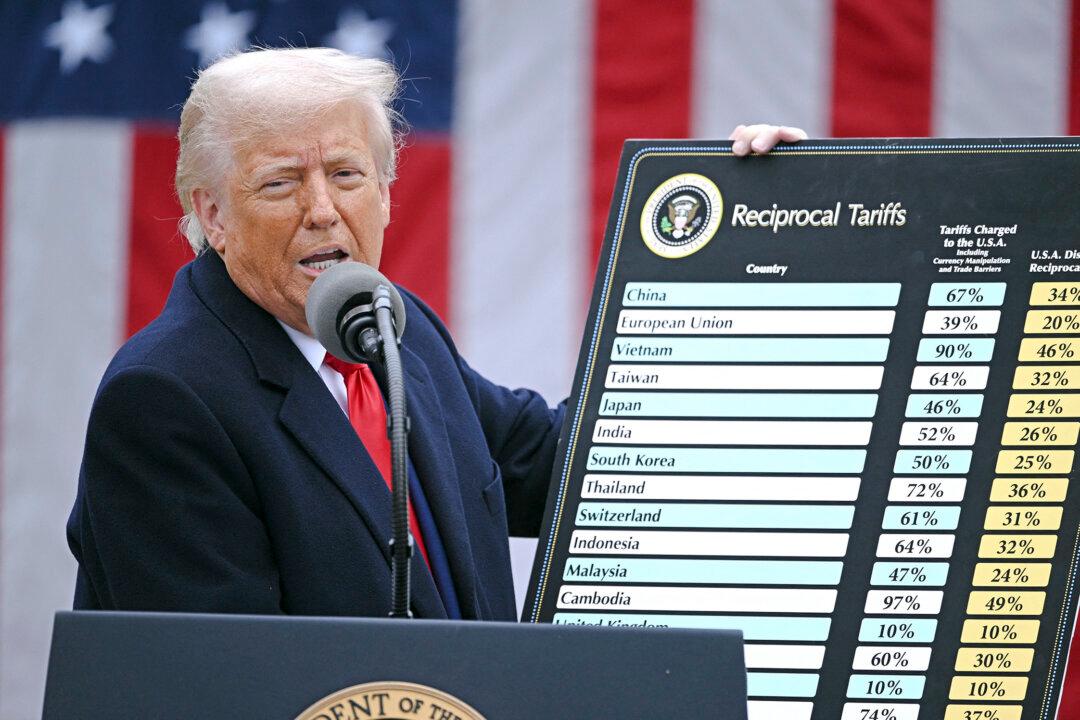Commentary
On May 3, the Philippine Foreign Secretary, Teddy Locsin, told China to “GET THE F*** OUT.” He was referring not only to the Philippines’ exclusive economic zone (EEZ), including its fishing grounds in the South China Sea, but to what he claimed was an attempt to make the Philippines into “a Chinese province.”





